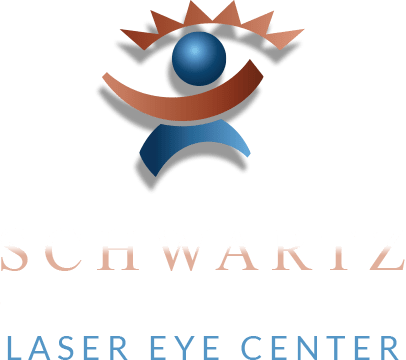Vision Correction Options for Patients With Thin Corneas
Posted on April 24, 2020 by Schwartz Laser - LASIK

LASIK surgery for vision correction is not a good option for people with thin corneas. Fortunately, there are other advanced surgical procedures that can improve vision for these patients. Here, trusted Phoenix ophthalmologist Dr. Jay Schwartz discusses the various vision correction options available for those with thin corneas.
Thin Corneas and LASIK
While LASIK is arguably the best-known vision correction procedure, it is not the right choice for everyone. People with thin corneas, or those whose corneas are not shaped normally, are not good LASIK candidates. The same holds true for anyone with an especially strong eyeglass or contact lens prescription. That is because the LASIK procedure would remove too much of the cornea’s thickness for vision correction.
PRK
Photorefractive keratectomy, or PRK, is a type of laser eye surgery that serves as an alternative for those not suited to LASIK due to thin corneas. This surgery predates the LASIK operation, and was one of the initial types of laser eye surgery. The primary drawback to PRK over LASIK is a slightly longer recovery period.
With PRK, the surgeon removes the epithelium, the cornea’s thin outer layer. The corneal tissue is then reshaped via laser. The epithelium grows back relatively quickly, usually within days.
When it comes to results, LASIK and PRK are virtually identical. With the latter procedure it is just a matter of waiting a few days until the epithelium repairs itself. A LASIK patient will likely experience vision improvement more quickly, while the PRK patient may not reach peak vision improvement for a couple of weeks.
Lens Replacement Surgery
Another alternative to LASIK is lens replacement surgery, also known as refractive lens exchange. Lens replacement surgery is well-suited for those with thin corneas and farsightedness. With this procedure, an artificial intraocular lens replaces the eye’s natural lens. The new lens allows for sharper vision. Patients may no longer require reading glasses or find less need for them.
Myopic patients should find better results with other types of procedures.
The surgery itself is similar to cataract surgery. The difference is that the natural lens is clear, not cloudy, as is the case when a patient suffers from cataracts.
Implantable Lenses
Implantable lenses, or phakic intraocular lenses, are another suitable substitute for those unable to undergo LASIK. Those with myopia should do well with implantable lenses. During surgery, these clear lenses are placed between the iris and cornea, with the natural lens remaining. Think of them as contact lenses you no longer need to insert into your eye.
Contact Schwartz Laser Eye Center
If you have thin corneas and would like to know more about PRK and other vision correction options, schedule a personal consultation with skilled ophthalmologist Dr. Jay Schwartz at his Phoenix, Glendale or Scottsdale office by calling or emailing Schwartz Laser Eye Center today.


